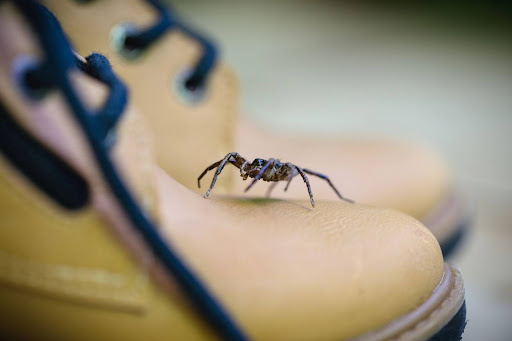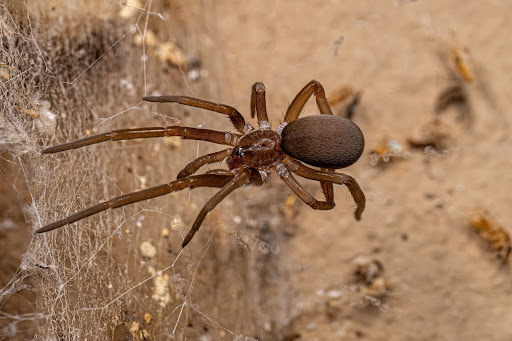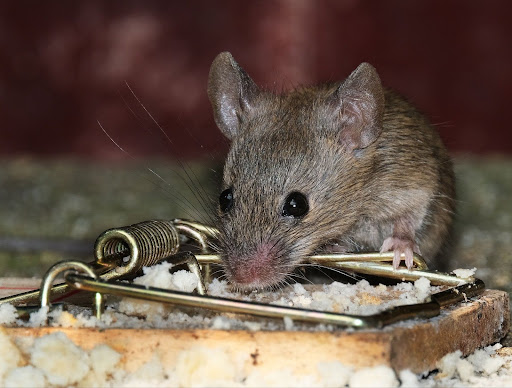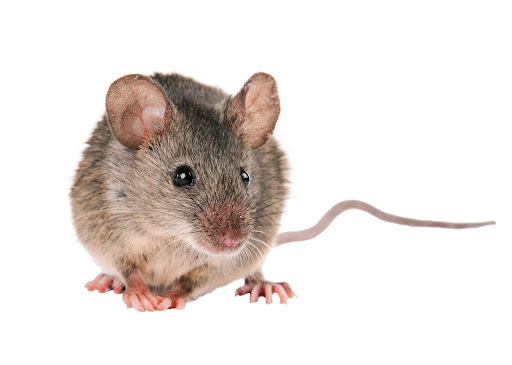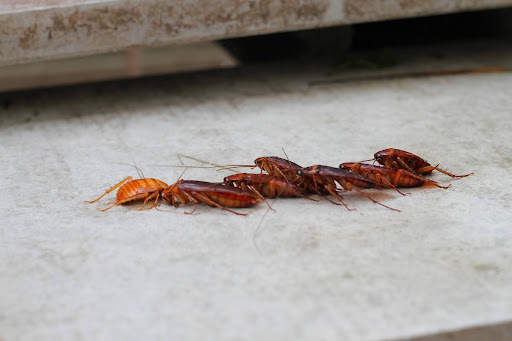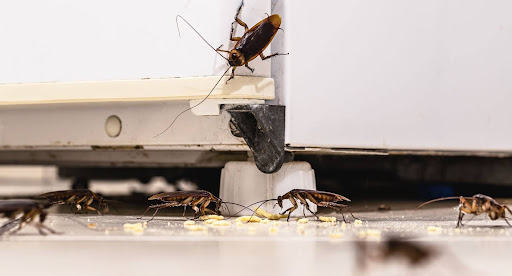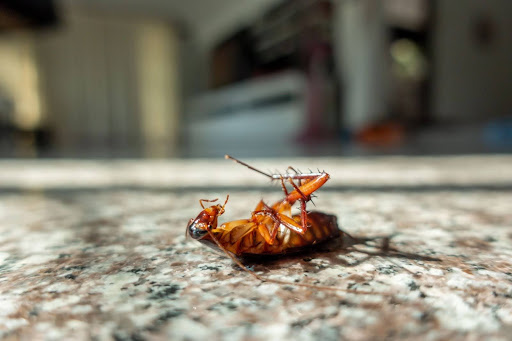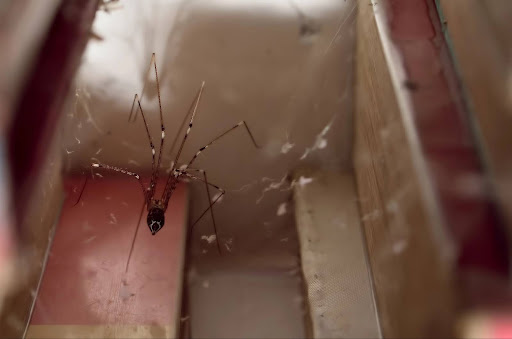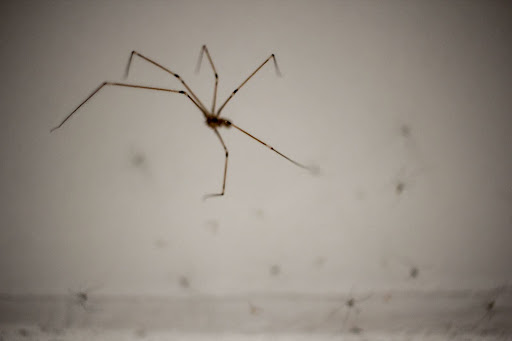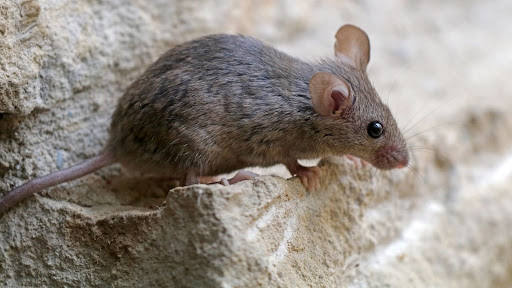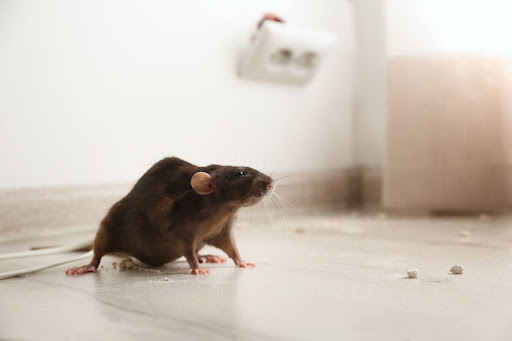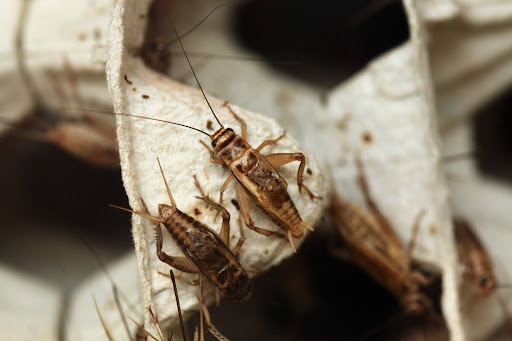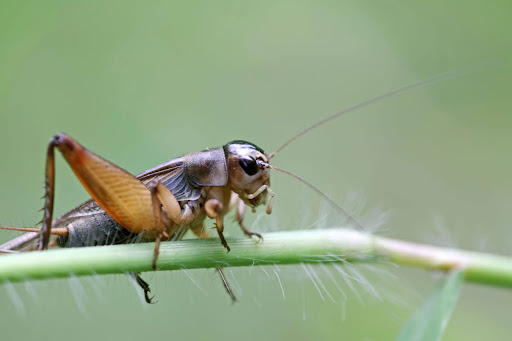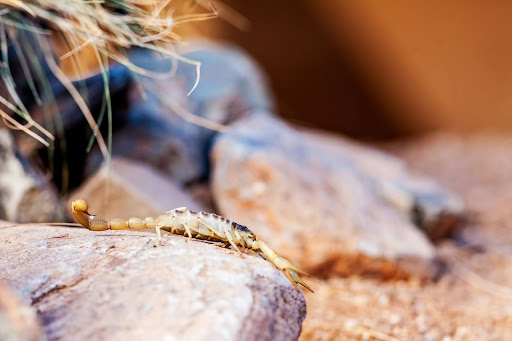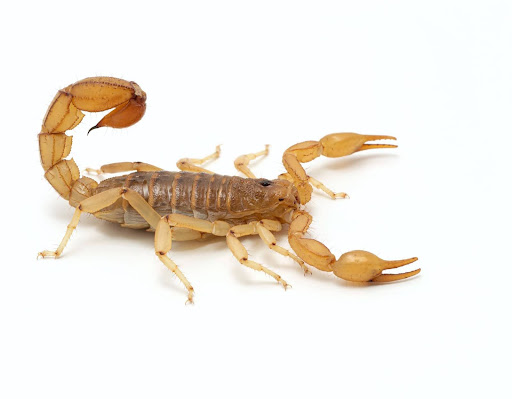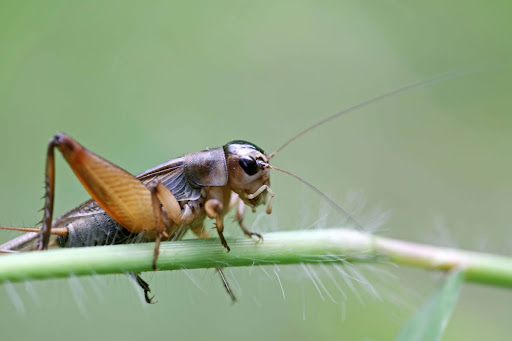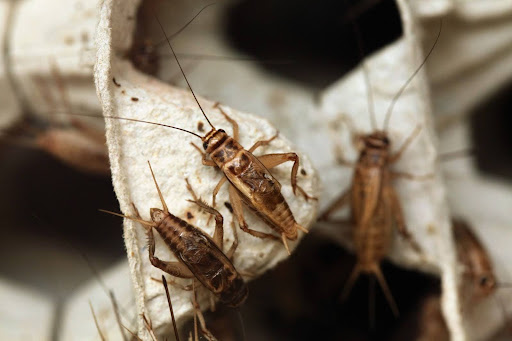If you’ve lived in the Valley long enough, you probably already know that the desert climate does more than just keep your skin on the dry side. It also hosts an array of pests that can turn your cozy abode into an unwelcome insect nightclub.
With the scorching heat and seasonal monsoons, the pest scene in Phoenix is not only diverse – but also relentless.
While you might think you can tackle these persistent pests on your own, the reality is that pest control in Phoenix demands a more hands-on, professional approach. Here’s why it’s a smart idea to give the team at Green Magic Pest Control a call.
What Are the Most Common Pests in Phoenix?
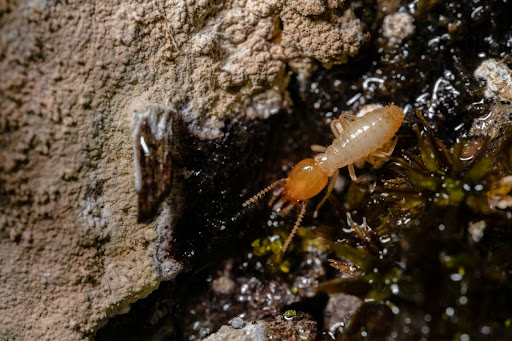
When you think of desert living, scorpions might be the first creepy-crawly that comes to mind – and rightfully so.
But don’t forget about the other little menaces that can disrupt your peace. Here’s a rundown of some common pests that call Phoenix home:
Scorpions
We’ll do our due diligence and kick things off with the scorpion – the unofficial mascot of desert pests. These arachnids love to hang around in dark, cool places during the day and come out to hunt at night.
Among other species, Arizona is perhaps best known for being home to the bark scorpion, which is the most venomous scorpion in North America. While their sting is rarely fatal, it can be intensely painful.
Termites
Don’t be fooled by their tiny size – termites can cause a lot of damage. Given the wood-heavy construction favored in Phoenix homes, these silent destroyers make quick work of chowing down on residential and commercial buildings alike.
Termite infestations cause over $5 billion in property damage each year in the United States. That’s more than the combined damage caused by fires, floods, and tornadoes, and sadly, it’s damage that’s seldom covered by homeowners’ insurance.
Ants
From fire ants to carpenter ants, Phoenix doesn’t take a backseat when it comes to these tiny troublemakers. They may be small, but in numbers, they can cause quite the ruckus.
While you wait for pest control to work its magic, sealing up food and trash properly is one of the best ways to minimize ant invasions.
Cockroaches
If you’ve seen one cockroach, it’s likely there are more lurking around. Cockroaches love the warmth and humidity, especially after monsoon rains.
Aside from being downright creepy to look at, roaches can be dangerous carriers of disease. They’re known for spreading a whopping 33 kinds of bacteria, including E. coli and Salmonella.
Spiders
From black widows to brown recluses, spiders are yet another type of pest that find the desert climate quite hospitable. While not all are dangerous, they can still give you a fright.
Rodents
Mice and rats are more than just a nuisance; they can be carriers of diseases and can cause structural damage. Rodents are known for their love of chewing on insulation and even wires, which poses a risk of electrical fires.
Why You Need Professional Pest Control
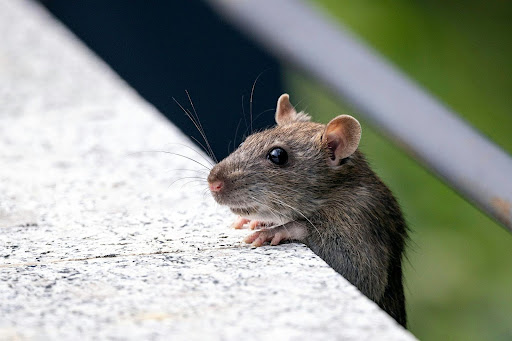
DIY pest control can be tempting, but when you’re dealing with Phoenix’s unique pest population, you ought to bring in the pros.
Living in Phoenix means braving extreme temperatures and dramatic seasonal changes. From high temperatures that drive pests indoors seeking food and water to monsoons that increase humidity, the climate can exacerbate pest problems. That’s why springing for professional pest control is such a smart choice.
Professional pest control technicians know which pests are most likely to invade your home and how to deal with them effectively. They have the training and experience to identify pest problems you might overlook.
They also offer more customized solutions, because let’s face it – not all pest problems are the same. What works for a roach infestation won’t necessarily be effective for scorpions. Pros use targeted treatments based on the specific pests plaguing your home.
While DIY solutions might offer temporary relief, professionals focus on long-term prevention. They can help identify entry points and offer advice on steps you can take to make your home less inviting to pests.
Finally, it should be noted that pest control products can be hazardous if they’re misused. Professionals know how to apply treatments safely and effectively to keep your family and pets safe.
Benefits of Year-Round Pest Control
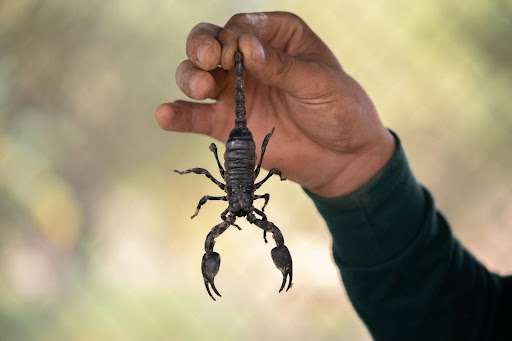
In a desert city like Phoenix, pests are an unavoidable part of life. However, with the right knowledge and professional help, you can keep your home a sanctuary from scorpions, termites, and all their pesky friends.
Given the relentless nature of pests in Phoenix, year-round pest control isn’t just a luxury – it’s a necessity. Different seasons bring different pests, so year-round service makes sure you’re covered no matter what time of year it is.
They can also help with your preventative efforts. Regular pest control stops infestations before they start, saving you time and money in the long run.
There’s nothing quite like the peace of mind you’ll get in knowing your home is protected. If you want to be able to enjoy your space without worrying, professional pest control in Phoenix is the way to go.
If you’re a resident of Chandler, Mesa, Phoenix, or anywhere in the Valley, Green Magic Pest Control is your go-to solution for all things pest-related. With our friendly approach and a commitment to environmentally friendly practices, we offer a comprehensive service that keeps your home pest-free and ensures peace of mind.
Remember, when it comes to pests in Phoenix, the best defense is a good offense. Trust in Green Magic to help you keep pests out for good.

